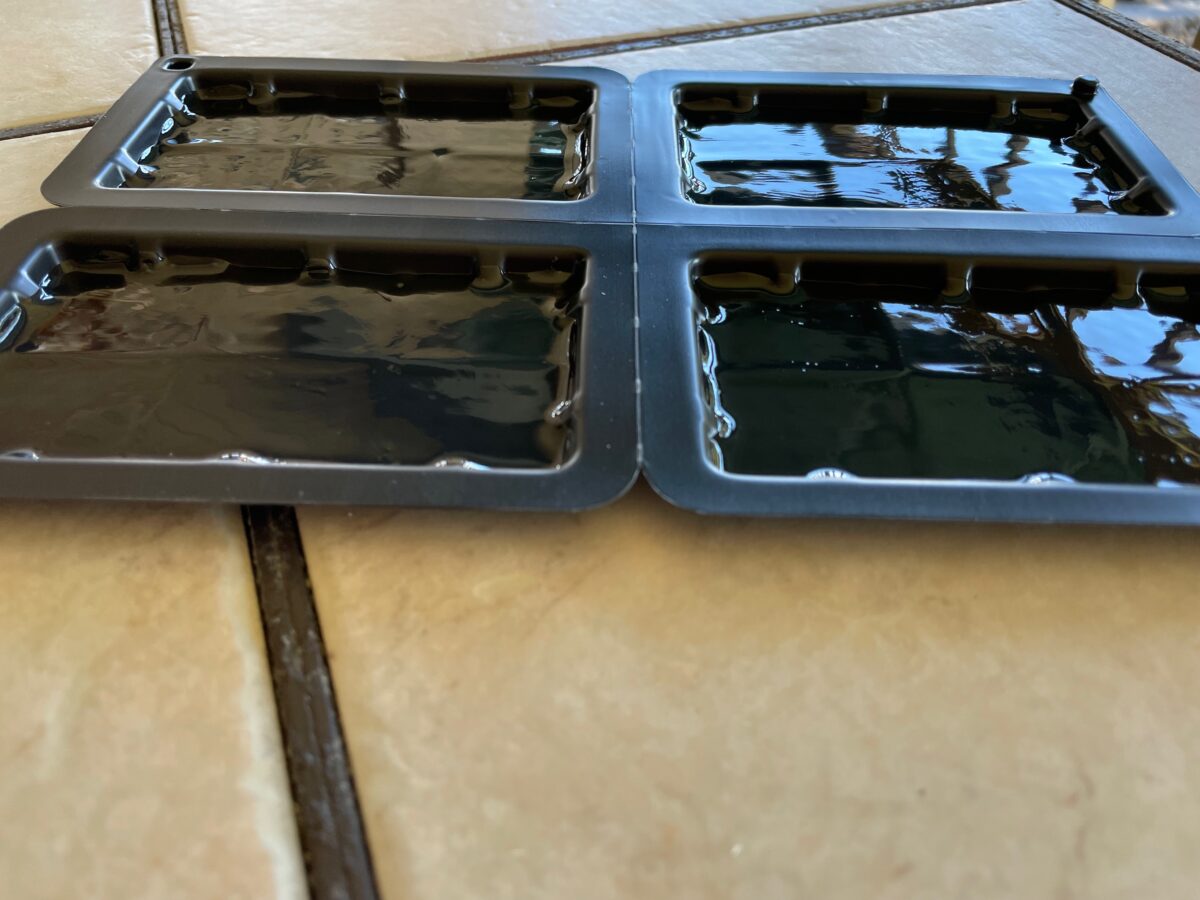Garden Help Desk: Getting rid of a mouse in your house
- The classic snap trap is the most common mouse trap and is very effective when properly placed.
- Mice can easily and safely move from one base cabinet to another through small gaps or holes. Expanding foam caulk is effective in excluding insects, but sturdier materials like hardware cloth or sheet metal may be needed to thwart mice.
- Glue traps are effective when properly placed along baseboards in areas where mice have been active.

Courtesy Meredith Seaver
The classic snap trap is the most common mouse trap and is very effective when properly placed.
We have a mouse problem. Poison bait hasn’t worked and they’re ruining our food storage. How can we get rid of them?
Autumn is the time of year when mice to try to move into warm indoor locations and that may be when your problem started. They like to find safe and secluded places to settle in. Mice are active at night, so you may see droppings and damage without actually seeing a mouse.
Poisoned baits can be effective but aren’t the best choice for homes because the mice may die in your home, decay, and cause odors. Electromagnetic, ultrasonic and scented gadgets may claim to get rid of mice, but research hasn’t show them to be effective. Good old-fashioned trapping and habitat modification are the most effective ways to deal with a mouse problem.
Trapping is very effective, but probably won’t solve the problem unless you do some good habitat modification, too. If you haven’t done everything you can to prevent mice from getting into your home, trapping the ones that are inside right now won’t be a long-lasting solution.
Mice are experts fitting through very small spaces. Even gaps as small as 1/4-inch can give mice an entry point. Try to think like a mouse and check the door sweeps and thresholds of your exterior doors. Fix anything a mouse could fit through. Don’t forget the door that leads from your garage into your home. Go outside and check around the foundation of your home and fix any loose or damaged foundation vent covers and any other gaps along the foundation. Expanding foam caulk or steel wool can fill the gaps around the gas service line and A/C refrigerant lines to keep out spiders and insects but for determined mice you may need sturdier materials like hardware cloth, mortar, or sheet metal. Also check your basement windows for access points.

Courtesy Meredith Seaver
Mice can easily and safely move from one base cabinet to another through small gaps or holes. Expanding foam caulk is effective in excluding insects, but sturdier materials like hardware cloth or sheet metal may be needed to thwart mice.
Your kitchen is an area where mice can move freely without ever coming out into the open. The construction of many base cabinets makes it easy for mice to move freely behind cabinets and drawers and in the space between the “floor” of the cabinet and the floor of the kitchen- that space behind the toe kick. There are often small gaps and holes that provide easy passage for mice. Check the interior of your cabinets and seal any gaps that you find to keep mice out. The cabinets under sinks and alongside stoves are prime habitat for mice. Pay special attention to the water lines and gas lines there and seal any gaps or openings around them. Pull forward your refrigerator and check for a gap around the water line for your icemaker. If you have a gas range that can be pulled forward, check for a gap around the gas line. You might find droppings under your appliances, a sure sign that mice have been hanging out there because of the warmth, crumbs and spills that are common in those locations. Clean any areas where there has been mouse activity. Wear gloves and a mask whenever you do this.
Clean out your pantry. Discard damaged packages and put other items into sturdy mouse-proof containers. If you have pets, make sure the pet food is kept in closed containers and no uneaten food is left in bowls. Your goal is to eliminate access to any food sources.
Basically, as you check for ways to change the habitat, think like a mouse- look for ways to get into the house, ways to hide in the house, and ways to access food in the house.
While you’re thinking like a mouse and eliminating their entrance and hiding places, you can also be deciding what style of traps you want to use. There are several kinds of traps that you can use- glue traps, live traps, old-fashioned snap traps, and battery-operated traps.
The most important part about using mouse traps is to bait and place them properly. First bait the traps and place them without setting them so that the mice can get used to the traps. Put a tiny amount of nut butter on as bait. The traps should be placed against walls and if you’re using snap traps, the bait should be toward the wall, not away from it. Use several traps in each area where you’ve seen evidence of mouse activity. Once you see evidence that the bait has been eaten in some traps, rebait the traps and set them. Check the traps frequently. Wear gloves whenever you need to handle the traps to dispose of mice.

Courtesy Meredith Seaver
Glue traps are effective when properly placed along baseboards in areas where mice have been active.






